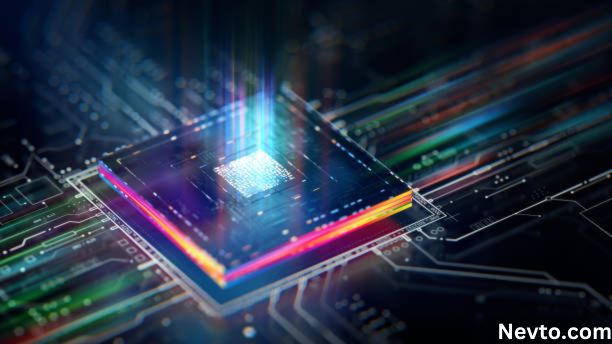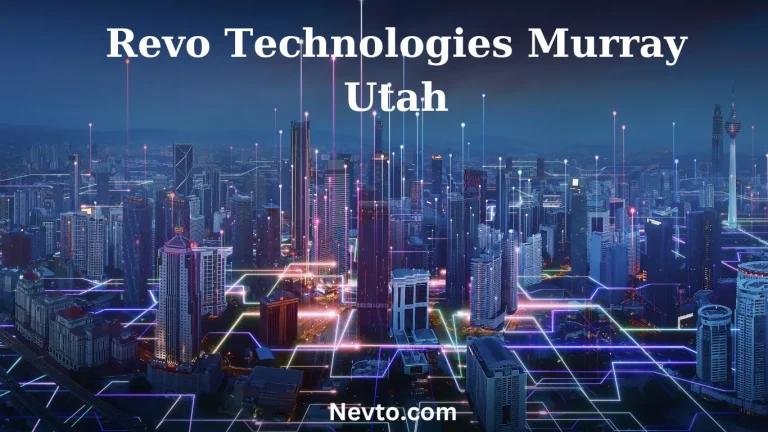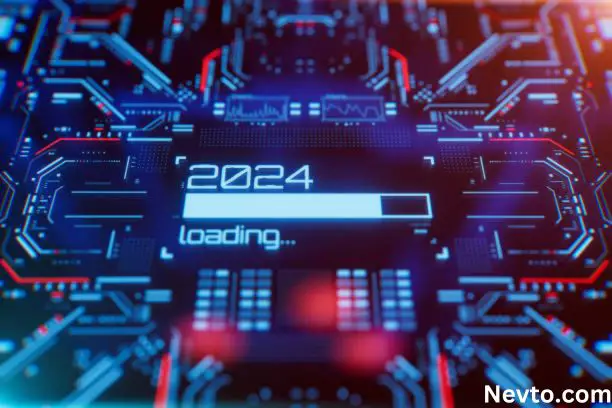Can Sci-Fi Robots of Today Be Tomorrow’s Reality? – A New York Times Inquiry
Have you ever imagined a world where robots are as intelligent and capable as their sci-fi counterparts? (sci fi robot nyt) For decades, science fiction has captivated our imaginations with visions of advanced robots that can think, reason, and even exhibit human-like emotions. From the iconic C-3PO and R2-D2 in Star Wars to the sentient androids of Westworld, these fictional creations have left us wondering could such robots become a reality in our lifetime?
As technology continues to evolve at a breakneck pace, the lines between science fiction and reality are becoming increasingly blurred. The New York Times has taken it upon itself to explore this fascinating question, delving into the latest advancements in robotics and artificial intelligence (AI) to uncover whether the sci-fi robots of today could truly become the reality of tomorrow.
Table of Contents
II. Robots in Science Fiction
A. Famous Examples from Literature and Movies
To understand the allure and potential of sci-fi robots, let’s take a trip down memory lane and revisit some of the most iconic examples from literature and movies. (sci-fi robot nyt crossword clue)
Who could forget the enigmatic HAL 9000 from “2001: A Space Odyssey,” a computer system with an unsettling level of autonomy and intelligence? Or the lovable WALL-E, the adorable robot who captured our hearts with his endearing personality and unwavering determination to clean up a post-apocalyptic Earth?
More recently, the highly advanced androids in “Westworld” and the terrifyingly intelligent Skynet from the “Terminator” franchise have pushed the boundaries of what we imagine robots could be capable of – for better or worse.
B. Their Capabilities and Roles in Fictional Worlds
These sci-fi robots are often depicted as possessing incredible capabilities that far surpass those of their real-world counterparts. They can navigate complex environments, solve intricate problems, and even exhibit emotions and self-awareness – traits that we typically associate with human beings.
In these fictional worlds, robots play crucial roles, serving as companions, protectors, explorers, and sometimes even adversaries. They challenge our perceptions of what it means to be intelligent, sentient, and ultimately, alive.
III. Current State of Robotics
A. Major Breakthroughs and Developments
While sci-fi robots may still seem like a distant dream, the field of robotics has made remarkable strides in recent years. From advanced manufacturing robots that can assemble complex products with incredible precision to surgical robots that can perform delicate medical procedures with superhuman accuracy, robots are already making their mark in various industries.
One particularly exciting development is the emergence of social robots designed to interact with humans in more natural and intuitive ways. Robots like Pepper, developed by SoftBank Robotics, can recognize human emotions, engage in simple conversations, and even crack jokes – capabilities that were once thought to be exclusively human.
B. Limitations and Challenges
However, despite these advancements, current robotics technology still faces significant limitations and challenges. Many robots struggle with tasks that humans find relatively simple, such as navigating unpredictable environments, adapting to changing circumstances, or understanding complex social cues and nuances.
Additionally, the development of truly intelligent and autonomous robots is hindered by the limitations of our current AI systems. While machine learning algorithms have made remarkable progress in specific domains, they still lack the general intelligence and reasoning abilities that would be required to create robots as capable as their sci-fi counterparts.
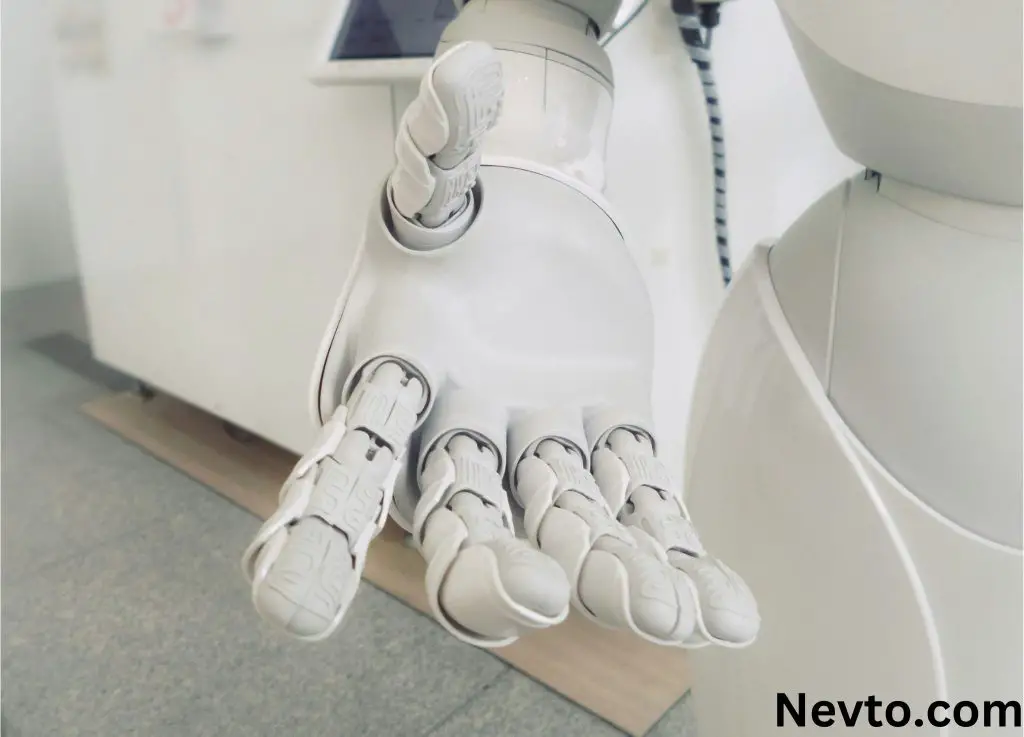
C. Practical Applications in Various Industries
Despite these challenges, robots are already making significant contributions in various industries. In manufacturing, they have revolutionized production processes, improving efficiency, precision, and safety. In healthcare, surgical robots are enabling minimally invasive procedures with greater accuracy and faster recovery times for patients.
Robots are also playing crucial roles in exploration and research, venturing into harsh environments that would be too dangerous or inaccessible for humans, such as deep ocean floors or the surfaces of other planets. As robotics technology continues to advance, the potential applications are virtually limitless. The Revolutionary Innovation of HQpotner: A Game-changer in the Tech Industry
IV. The Future of Robotics
A. Predictions from Experts and Researchers
As we look to the future, experts and researchers in the field of robotics and AI are making bold predictions about the capabilities we can expect to see in the coming decades. Some envision robots that can learn and adapt to new situations, much like humans, while others foresee robots that can seamlessly integrate into our daily lives, assisting us with tasks and responsibilities.
Futurists like Ray Kurzweil have even theorized about the possibility of achieving a technological singularity, where AI and robotics become so advanced that they surpass human intelligence and capabilities, leading to an unprecedented and unpredictable transformation of our world.
B. Potential Impact on Society and the Workforce
The advent of advanced robotics and AI is sure to have profound implications for society and the workforce. While robots could potentially automate many mundane and repetitive tasks, freeing humans to pursue more creative and intellectually challenging endeavors, there are also concerns about job displacement and the need for massive retraining efforts.
Moreover, the integration of highly intelligent robots into our daily lives could raise complex ethical and philosophical questions about the nature of consciousness, free will, and what it means to be human.
C. Ethical Considerations and Concerns
As we approach the realm of sci-fi robots, we must also grapple with the ethical considerations and concerns that accompany such powerful technologies. How do we ensure that these robots are programmed with the right values and ethical frameworks? What safeguards should be in place to prevent misuse or unintended consequences?
Questions surrounding privacy, security, and the potential for AI systems to become biased or discriminatory are also at the forefront of this discussion. It is crucial that we address these issues proactively, rather than reactively, to ensure that the development of advanced robotics and AI proceeds in a responsible and ethical manner.
V. Bridging the Gap
A. Efforts to Bring Sci-Fi Robots to Life
Despite the challenges and ethical concerns, there are concerted efforts underway to bring the visions of sci-fi robots to life. Researchers and engineers are working tirelessly to push the boundaries of what is possible, drawing inspiration from the fictional portrayals that have captured our imaginations for so long.
One notable example is the work being done by companies like Boston Dynamics, which has developed advanced robots that can navigate complex terrain, recover from falls, and even perform parkour-like maneuvers – feats that were once thought to be exclusive to living beings.
B. Collaborations Between Scientists, Engineers, and Artists
Interestingly, there is also a growing trend of collaborations between scientists, engineers, and artists to explore the intersection of robotics, AI, and creative expression. These interdisciplinary teams are working to imbue robots with not just intelligence but also a sense of personality, emotion, and even artistic flair.
By drawing upon the insights and perspectives of artists, designers, and storytellers, these collaborations aim to create robots that can engage with humans on a deeper, more meaningful level – a key step towards realizing the sci-fi visions of truly sentient and relatable artificial beings.
C. Inspiring the Next Generation of Innovators
Perhaps one of the most exciting aspects of this pursuit is the way it is inspiring and capturing the imaginations of the next generation of innovators. Young minds are increasingly drawn to the field of robotics and AI, fueled by the allure of sci-fi robots and the promise of shaping the future.
Through educational initiatives, robotics clubs, and even sci-fi-inspired competitions, we are nurturing a new generation of scientists, engineers, and thinkers who will undoubtedly push the boundaries of what is possible in the realm of robotics and AI. Microsoft SSIS 816 in Depth & Simple
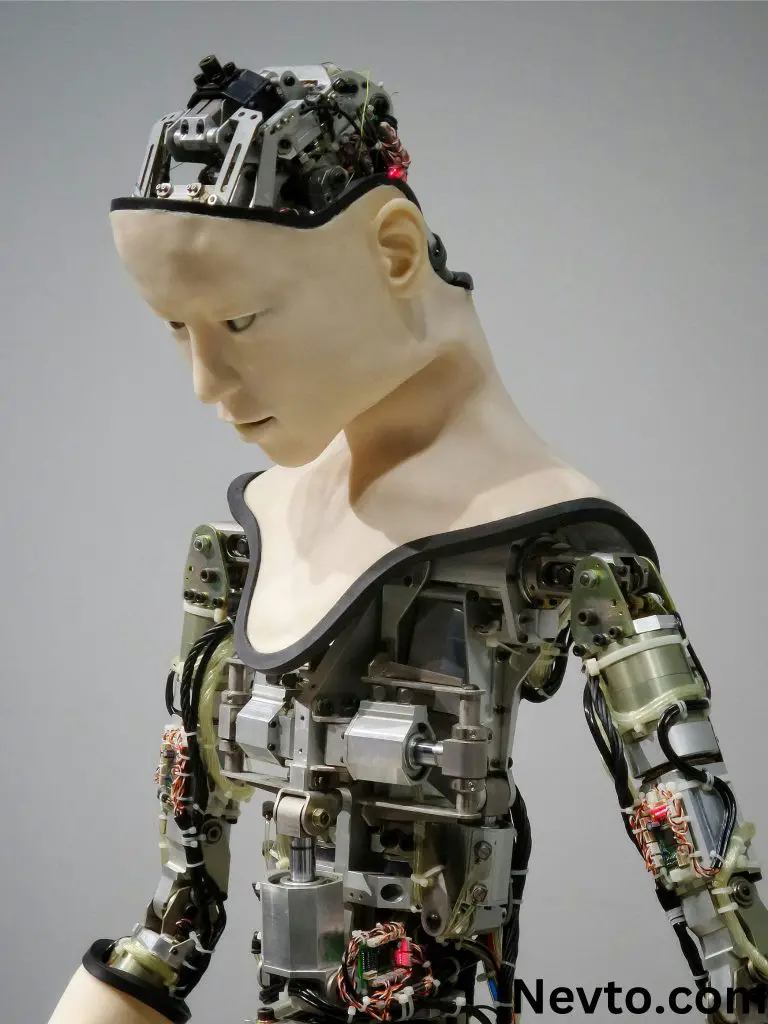
VI. Conclusion
As we reflect on the journey from the fantastical visions of sci-fi robots to the cutting-edge advancements in robotics and AI, one thing becomes clear: the lines between fiction and reality are rapidly blurring. (sci fi robot nyt crossword).
While we may not have fully sentient androids or robots with human-like consciousness just yet, the progress made in recent years is nothing short of remarkable. From robots that can navigate complex environments to AI systems that can engage in natural language conversations, we are inching closer to realizing the dreams that have captivated us in science fiction.
However, as we approach this exciting frontier, it is crucial that we proceed with caution and foresight. The ethical considerations surrounding the development of advanced robotics and AI cannot be ignored. We must ensure that these technologies are developed responsibly, with safeguards in place to prevent misuse and unintended consequences.
At the same time, we must also embrace the transformative potential of these advancements. Sci-fi robots have long served as a driving force for technological progress, inspiring us to push the boundaries of what is possible. As we continue to bridge the gap between fiction and reality, we open the door to a future where robots could revolutionize industries, enhance our quality of life, and even expand the frontiers of human exploration.
Ultimately, the journey towards realizing the sci-fi robots of today as the reality of tomorrow is a testament to the boundless potential of human creativity and ingenuity. It is a pursuit that will undoubtedly present challenges and ethical dilemmas, but also one that holds the promise of unlocking new horizons of knowledge and understanding.
As we move forward, let us embrace the spirit of curiosity and wonder that has fueled our fascination with sci-fi robots. Let us approach this endeavor with open minds and a commitment to shaping a future where technology serves to enhance, rather than diminish, the human experience.
For in the end, the true power of sci-fi robots lies not in their fictional depictions, but in their ability to inspire us to create a reality that was once thought impossible.
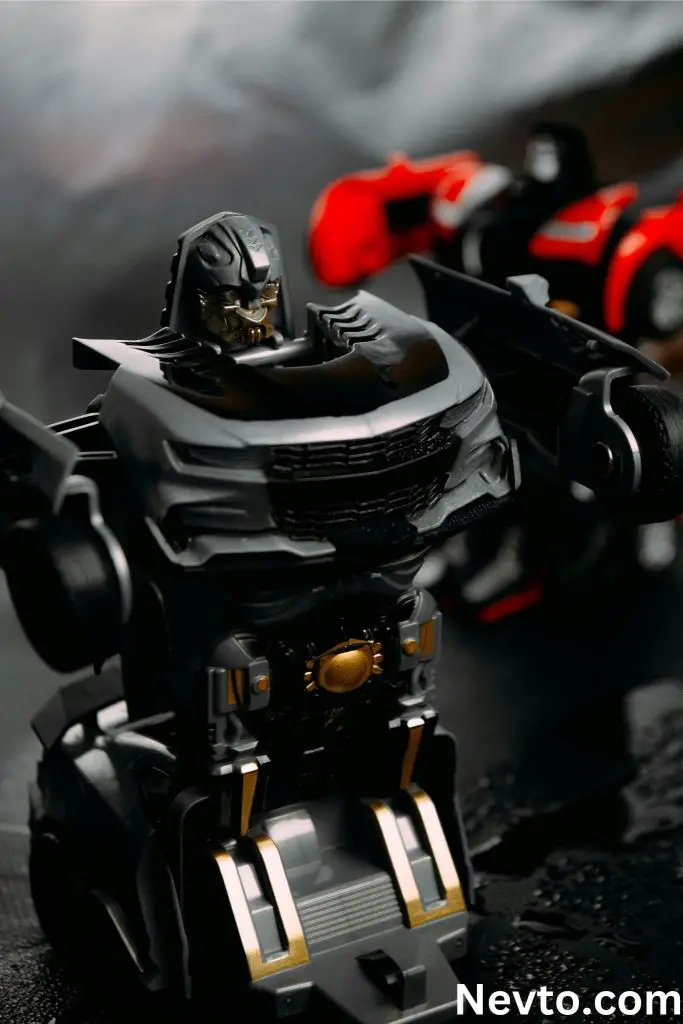
FAQs
Q1: How close are we to creating truly sentient robots like those in science fiction?
While we have made significant advancements in robotics and AI, creating robots with genuine sentience and human-like consciousness remains an immense challenge. There are still many gaps in our understanding of consciousness, self-awareness, and the complexities of the human mind that need to be bridged before we can achieve this level of artificial intelligence.
Q2: What are the potential ethical concerns surrounding advanced robotics and AI?
Some of the key ethical concerns include the potential for job displacement and economic disruption, privacy and security risks, the risk of AI systems becoming biased or discriminatory, and the philosophical questions surrounding the nature of consciousness and what it means to be human. There are also concerns about the potential misuse of these technologies for malicious purposes, such as autonomous weapons or surveillance systems.
Q3: How can we ensure that advanced robotics and AI are developed responsibly?
To ensure responsible development, it is crucial to establish robust ethical frameworks, guidelines, and regulatory oversight. This includes involving diverse stakeholders, such as ethicists, policymakers, and the general public, in the decision-making process. Additionally, we must prioritize transparency, accountability, and the integration of ethical principles into the design and development of these technologies from the outset.
Q4: Will robots eventually replace humans in many jobs and industries?
While it is likely that advanced robotics and AI will automate certain tasks and jobs, it is difficult to predict the full extent of their impact on the workforce. Many experts believe that robots and AI will augment and complement human workers, rather than completely replace them. However, there will likely be a need for significant retraining and education efforts to help workers adapt to the changing job landscape.
Q5: Can we learn from the portrayals of robots in science fiction to shape the development of real-world robotics?
Absolutely. Science fiction has long served as a source of inspiration and a thought-provoking exploration of the potential implications of advanced technologies like robotics and AI. By studying these fictional portrayals, we can gain insights into the ethical dilemmas, societal impacts, and philosophical questions that may arise as we develop more advanced robots. These insights can inform our approach to responsible development and help us anticipate and address potential challenges.



